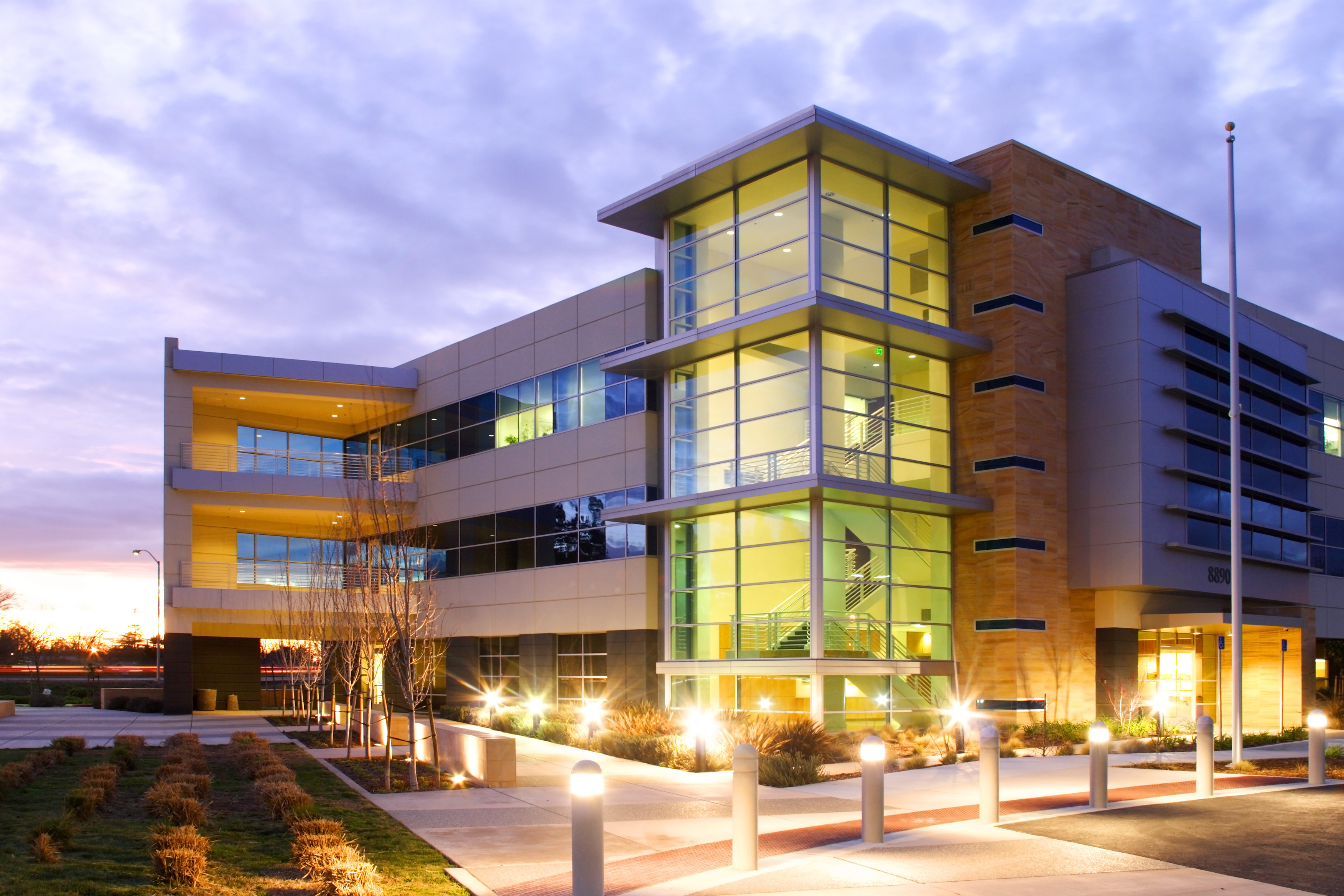
Various factors influence the cost of a new commercial building. Some are more obvious like land acquisition, permits and construction. Then, there are lifecycle costs to consider like utilities, maintenance and replacements. Often, clients are unaware what the actual cost of their building should be so it’s only natural to question, "How much will the project cost?
Determining the exact cost of a commercial building project can be challenging as it depends on various factors specific to each project. Having knowledge of these factors ensures you won’t be in for a surprise when you’re handed an initial estimate of probable cost. In today’s blog, we’ll discuss the four most common factors that’ll influence the cost of your new commercial building.
(Free guide: 30 Questions to Answer Before Starting an Architectural Project)
-
Project Complexity
Project complexity is perhaps the biggest factor to consider in regard to cost. Project complexity is directly related to the integration of systems in the building detailing and coordination an architect has to spend designing and administering a project. This is why small dental offices can be expensive while large warehouses are cheap. Architectural projects are typically broken down into five complexity levels:
- Least Complex: includes industrial buildings without special features, parking or loft structures, warehouse and utility buildings.
- Simple: includes armories, apartments, cold storage facilities, hangers and manufacturing plants.
- Intermediate: includes collegiate buildings, convention halls, detention facilities, extended care, gymnasiums, laboratories and medical offices.
- Complex: includes aquariums, auditoriums, art galleries, communications buildings and theaters.
- Most Complicated: includes custom residences, decorative buildings and custom designed furnishings.
-
Nature of the Site
Another factor that impacts the construction costs of a new commercial building is the existing conditions of the site. The location of the project will influence its cost as high-value sites often attract high-value developments. Local developments also constrain what can be built on certain sites. In most cases, urban locations will be more expensive due to higher land prices, more stringent regulations, and limited access to resources.
Physical site conditions also play a role in construction costs. Natural site features, ground conditions and obstructions as well as existing and adjoining buildings can produce problems. And thus, require more complicated design solutions to accommodate. Sites with challenging conditions may require additional groundwork, foundation modifications, or specialized engineering solutions, which can increase the overall costs.
Climate also affects property value as well as it serves for forecasting possible maintenance. This often pertains to elevated sites where there’s high wind or sites that are historically prone to flooding. Other conditions like conflicting utilities, overhead lines, groundwater and buried storage tanks may also influence the cost of a new commercial building. Considering the climate when planning a commercial building project is crucial to ensure that the structure can withstand the local conditions and provide a comfortable and efficient environment for occupants.
-
Sustainability
Considering sustainability in the construction of a commercial building not only benefits the environment but also provides economic advantages in the long run. Sustainable buildings tend to have lower operating costs, improved occupant satisfaction and productivity, and enhanced reputation. It's important to address the upfront costs and long-term benefits of sustainable features to make informed decisions during the construction process.
Many commercial building projects strive to obtain green certifications such as LEED (Leadership in Energy and Environmental Design) or BREEAM (Building Research Establishment Environment Assessment Method). These certifications recognize that meet a specific sustainability criterion such as energy efficiency, water conservation, eco-friendly materials, and site development.
When designing, architect's charrette pre-design or programming sessions to determine if long-term savings will arise as an effect of incorporating more expensive (but sustainable) alternatives. Some of these questions include:
- How flexible is the client’s budget to finance more robust or better-quality materials and finishes?
- Who will occupy the building? (Those developing in order to sell it may be less concerned with operating and maintenance costs.)
- What is the lifespan of the building? (The shorter the lifespan, the less appropriate it is to invest in more durable materials.)
Nowadays, designers tend to integrate renewable energy to provide long-term savings and reduce the building's carbon footprint.
-
The Choice of Architect
Seasoned design professionals will follow design processes, ensuring everything is done properly. While hiring an experienced and skilled architect might involve upfront fees, their expertise can contribute to cost savings throughout the entire construction process. Their ability to balance design, functionality, sustainability, and budget considerations can help optimize the construction cost of a new commercial building.
In Summary
Remember the cost estimation is an iterative process, and it's essential to have contingency funds to account for unforeseen expenses or changes during the construction phase. By working closely with professionals, conducting thorough research, and developing a detailed plan, you can gain a better understanding of how much the project will cost. The factors discussed in this article are just a few of many that will affect the overall cost of your new building. To ensure your property lasts a long time, we encourage you to invest in quality materials as well as an experienced architect. To learn more about construction costs or to schedule a feasibility study with our team, we invite you to reach out to us at (866) 226-8071.

